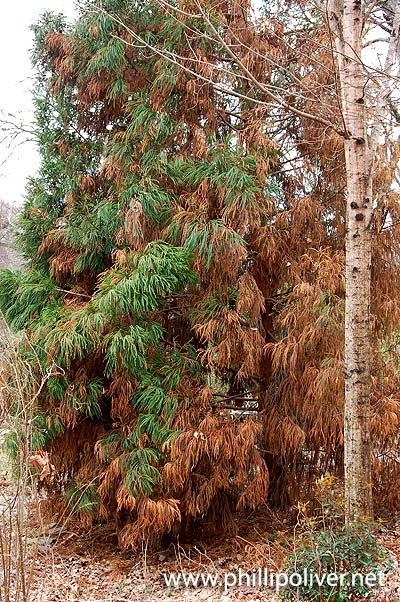10 June Favorites
Magnolia 'Kay Parris' With so much going on in the garden in June, it is hard to choose only ten favorites. I challenged myself and have done just that. These are plants that look good around the midway point in June, specifically from June 15-20. I begin with Magnolia 'Kay Parris'. Believe it or not, having spent the majority of my life in the South, I never grew a magnolia. They are emblematic of the South, where magnificent specimens grace old plantation homes and stately homes in older neighborhoods. I always thought of magnolias as huge trees, not suited to a small garden, but things have changed, and more varieties are now available that are not supposed to grow as large. We now have two magnolias in our garden, both of which were added recently. When one of the old photinias that line our back property line died, it left a gaping hole. I had been looking at magnolias at the nursery and decided a smaller one might make a good backdrop and create a good privacy s...




Hi Phillip,
ReplyDeleteCool plant. I have never tried to grow it but may give it a chance now.
I meant to comment on your shots of the Nashville Garden Show. I thought you did great with the camera and it was nice you got to meet a Gardening guru. You probably felt the same way I did when I met Christopher Lloyd.
Today was the first day I cleaned some leaves away from my Hellebores and Arum Italicum. I can tell you that it's not super vigorous here on Long Island (east of New York city) but it certainly is hardy. In fact I wish I had enough to share with others but I do have it in a fairly dry location. It's a wonderful plant to do a feature on.
ReplyDeleteHi Phillip, Enjoyed your post on Arum Italicum. For some unknown reason, my clump of it did not return this year, and I miss it. Perhaps the drought last year and/or some greedy timber bamboo roots did mine in. Nice shots of your garden covered with snow!
ReplyDeleteJon in Vicksburg, Miss.
Phillip, thanks for posting on this wonderful plant. We have it and it is far from invasive here in TN. It was good to find out that it can be divided now, in leaf. It was a passalong plant and I was afraid it would be killed if divided. I want to spread it around as it has such great winter interest.
ReplyDeleteFrances at Faire Garden
Is there a way to rid my flower beds of Arum? It is becoming a ground cover in places where I don't want it.
ReplyDeleteWe are in zone 6 and it is horribly invasive. Unless all you want is this plant.
ReplyDelete